|
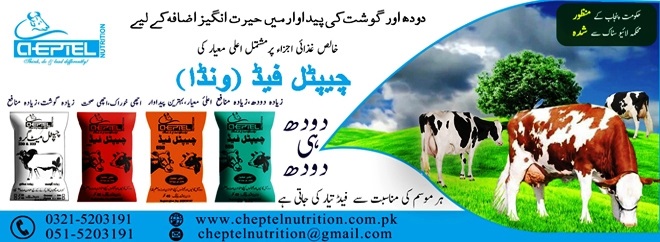

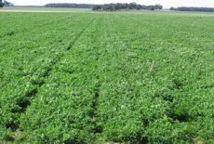
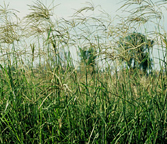
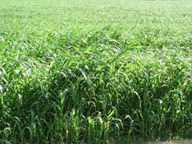
Lucern
Rhode Grass
Sudan Grass

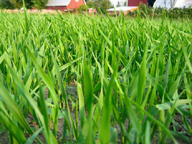
Barseem
Oat
Important Points for Hay making:
-
The crops with stem and more leaves
should be selected because leaves are more nutritious
-
Crop should be harvested at
flowering stage (when flowering is initiated) because when crop
matures, its lignin content increases and nutritive value
decreases. As far as time is concerned, crop should be harvested
early in the morning because at this time the dew has dried off.
Grasses should be cut at pre flowering stage.
-
There should be minimum loss of
green coloring matter during the process of drying.
-
The hay should be dried as early as
possible. It helps in preservation of nutrients.
-
For proper curing crop should be
tilted occasionally.
-
For storage the hay should not
contain more than 15% moisture

Methods of Hay Making:
There are a number of processes for hay
making which may be applicable or suitable under certain sets of
conditions with different advantages and disadvantages
Ground or Field Curing Method:
In this method crop after harvesting is left in the field for drying
under sunlight. The frequent turning is needed until the moisture in
fodder remains 15%. Care should be taken that there may be minimum
loss of leaves during drying. Advantages of this method are less
involvement of cost, no need of any specific equipment, and
convenience of preparing hay at the site of production. On the other
hand it is not possible to make hay during humid condition through
this method.
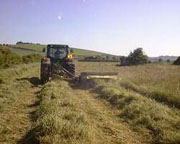


Farm Fences Method:
In this method the forage after harvesting is spread over wire
fencing or boundary wall of the farm. It is tilted once or twice
before storage for proper curing.
Tripod or Pyramid Method Drying:
The tripod is made of three
wooden or iron pieces. The average height of this stand may be 2
to 3 meters. The network of ordinary rope or wire may be made over
this frame work. Grass is spread over the frame and is
occasionally tilted by long stick or bamboo for even drying. In this
method drying action is accelerated by increasing the total area of
exposure to sun. There is minimum action of microbes in this method
as there is no direct contact to soil.
Advantages
of Hay Making:
-
There is availability of nutritious
feed to the animal during the scarcity of fodder.
-
Fodder can be preserved for longer
period of time because due to lack of moisture content enzyme
and microbial activities are stopped.
-
The good quality legume hay may
replace certain amount of concentrate in the ration, thus
reducing the cost of production
-
The fodders can be harvested at the
stage when there is maximum accumulation of nutrient in the
plant.
Quality of Hay:
-
It should have a typical aroma of
the of fodder from which it has been prepared
-
It should be free from foreign
material like dust etc.
-
This should possess reasonable
green colour, which gives a rough idea or the quantity of the
precursor of vitamin A, the carotene
-
It should maintain leafiness of
original fodder. The loss of leaves during the process will
produce a poor quality product.
-
This should be palatable to
animals. The poorly prepared hay generally is not readily
accepted by the animals
Storage of Hay:
In
open environment hay can be stored in the following ways.
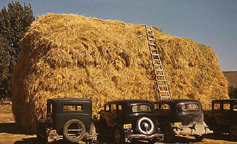
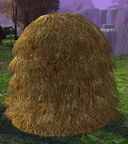
-
The chopped hay - In some places
hay is chopped before use. The limitation of chopped hay is that
this cannot be stored in the open environment because of the
heavy losses by wind and rains
-
The baled hay - The baling process
makes the compact cubical bundles of the forages. This reduces
the requirement of space in comparison to loose or chopped hay.
The bales may be stored in open environment or in the barn


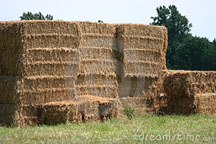
-
The wafers - For the preparation of
wafers or compressed cubical form of hay the long hay is chopped
in to 3-5 cm length and then compressed it in the wafering
machine
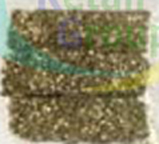
-
The pallets - The compressed
product of hay after grinding is known as pallets. They are
cylindrical compact masses of hay which are very palatable.
Palleting reduces feeding loss and storage space.
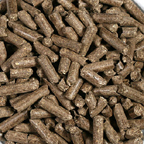
|

![]()



















